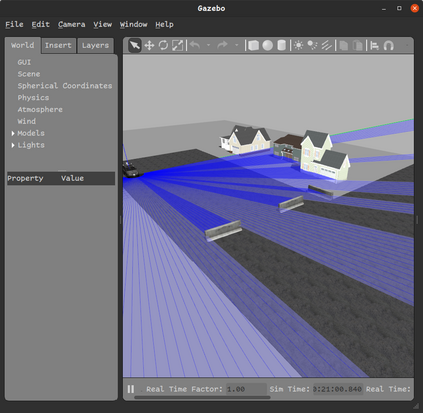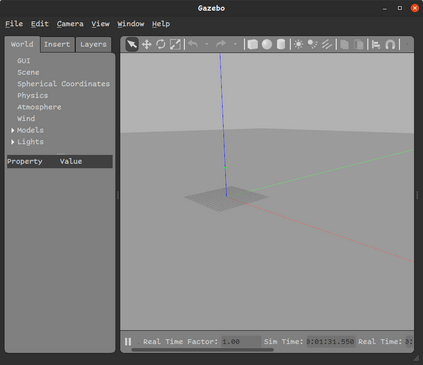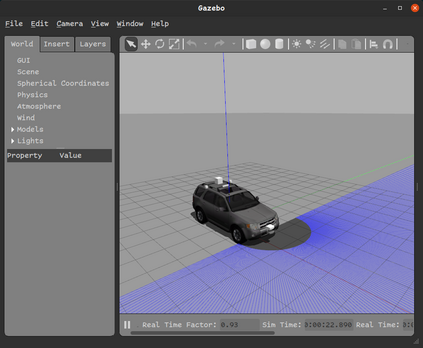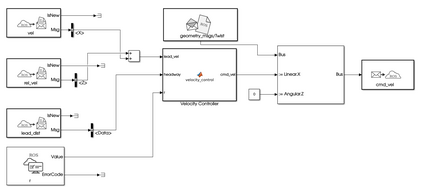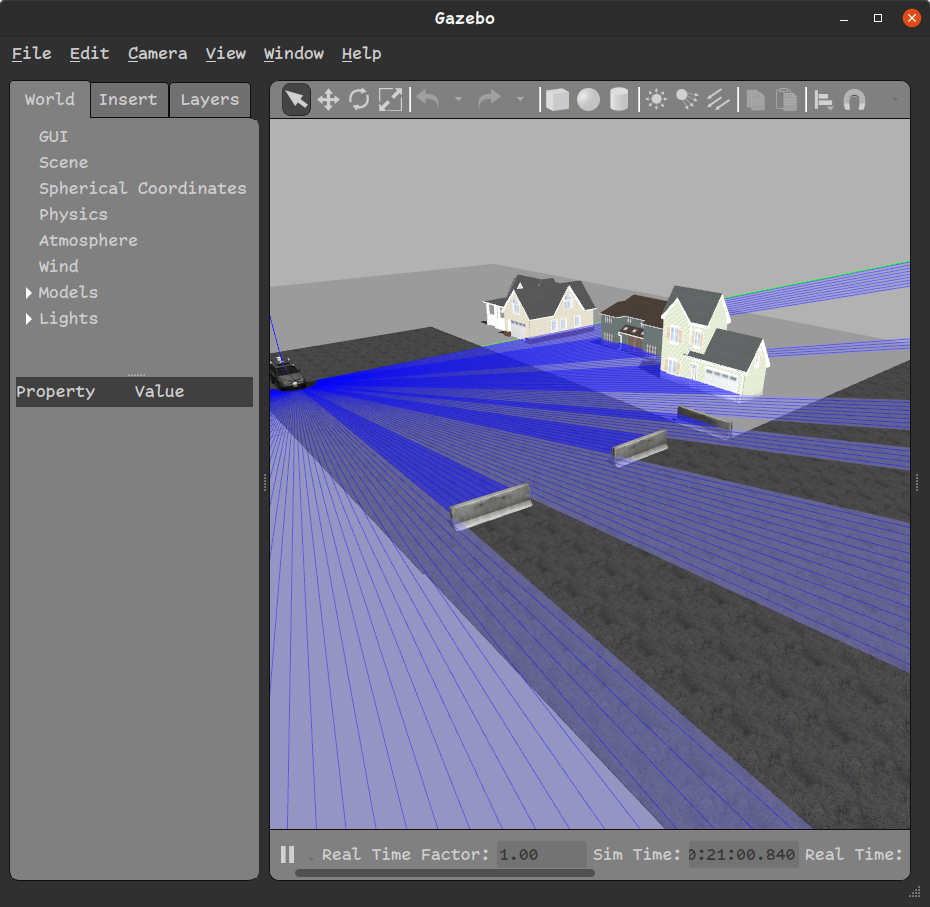This paper demonstrates the integration model-based design approaches or vehicle control, with validation in a freely available open-source simulator. Continued interest in autonomous vehicles and their deployment is driven by the potential benefits of their use. However, it can be challenging to transition new theoretical approaches into unknown simulation environments. Thus, it is critical for experts from other fields, whose insights may be necessary to continue to advance autonomy, to be able to create control applications with the potential to transition to practice. In this article, I will explain how to use the CAT Vehicle simulator and ROS packages to create and test vehicle controllers. The methodology of developing the control system in this article takes the approach of model-based design using Simulink, and the ROS Toolbox, followed by code generation to create a standalone C++ ROS node. Such ROS nodes can be integrated through roslaunch in the CAT Vehicle ROS package.
翻译:本文展示了集成模式设计方法或车辆控制,并在可自由获取的开放源码模拟器中进行验证。对自主车辆及其部署的持续兴趣取决于其使用的潜在好处。然而,将新的理论方法转换为未知模拟环境可能具有挑战性。因此,对其他领域的专家来说,至关重要的是,他们可能有必要洞察到如何继续推进自主性,从而能够创建控制应用程序,从而有可能向实践过渡。在本条中,我将解释如何使用CAT车辆模拟器和ROS包来创建和测试车辆控制器。在本条中,开发控制系统的方法是采用Simmlink和ROS工具箱的模型设计方法,然后是代码生成,以创建一个独立的C+ ROS节点。这种ROS节点可以通过在CAT车辆ROS包中进行罗射来整合。

